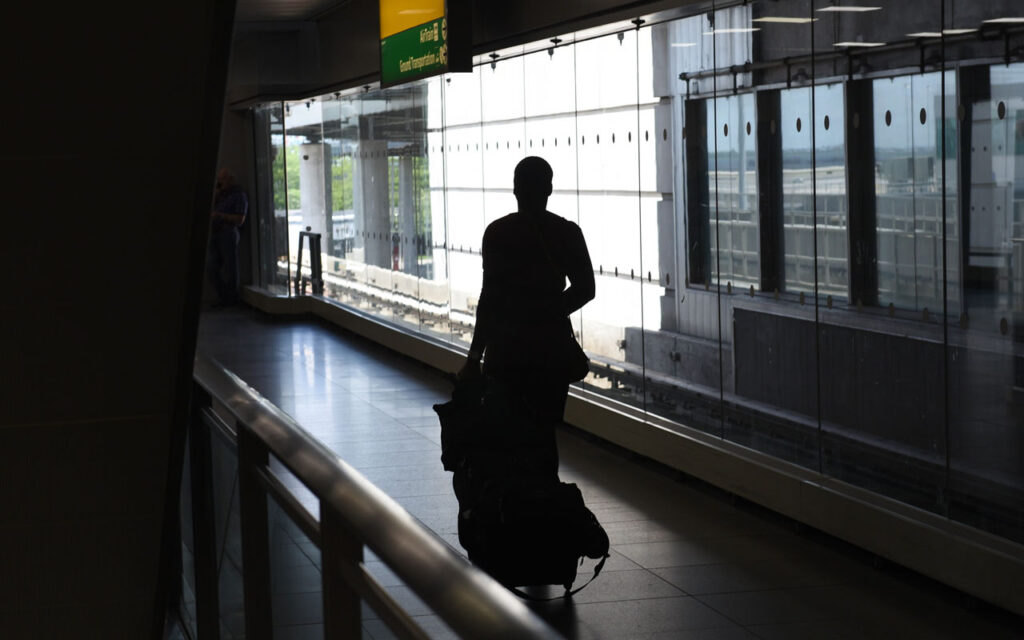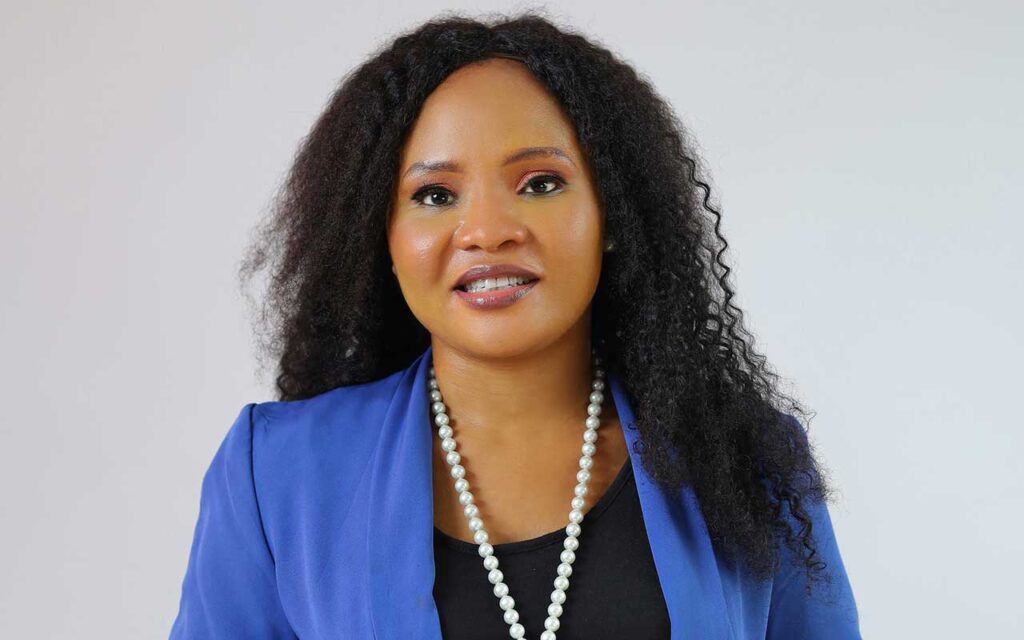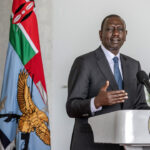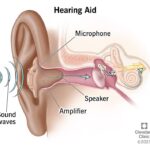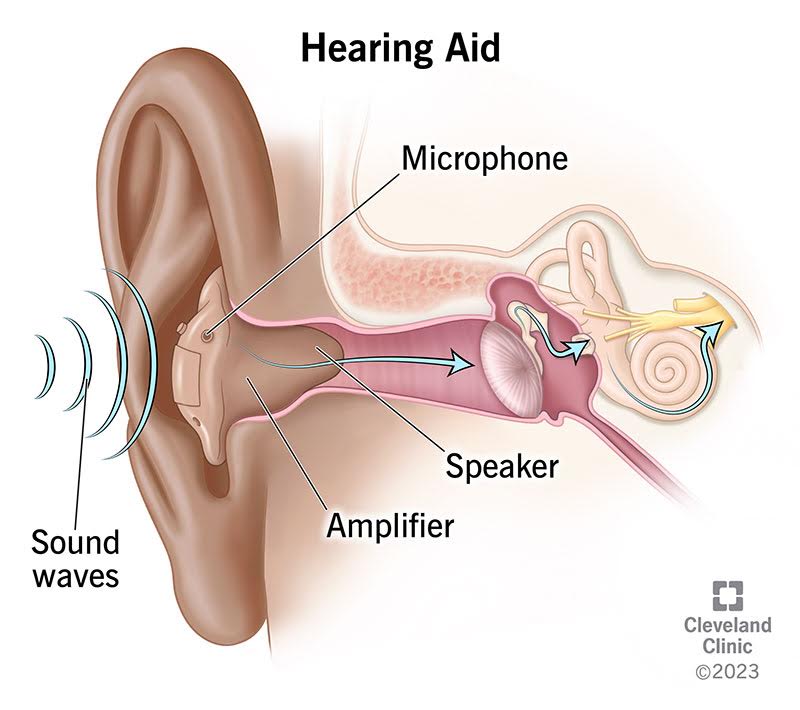
More than 400 million individuals experiencing hearing loss could find value in hearing devices, yet less than 20 per cent of those people get hearing aids according to the World Health Organization (WHO).
By 2050, nearly 2.5 billion people may experience a degree of hearing loss, as populations around the world age
In a recent guideline on improving access to hearing care by the global health body, the WHO noted that nearly 80 per cent of people with disabling hearing loss live in low-income countries – which historically have lacked capacity for providing assistive devices like hearing aids.
WHO observed that more than 700 million people will likely require hearing rehabilitation, saying the new document is designed to provide practical guidance to countries in developing hearing aid services in areas that lack human resources for assessing hearing, as well as fitting and maintaining hearing aids.
The guidance, developed with support from the ATScale Global Partnership for Assistive Technology, is based on the principle of task sharing among specialists and trained non-specialists.
It also includes two approaches, one targeting adults and the other for children five years and above and is accompanied by resources with tips for healthy ear care practices as well as the use of hearing aids and how to support people living with hearing loss.
The Director, Department for Noncommunicable Diseases, at the WHO, Dr Bente Mikkelsen stated that given the global shortage of ear and hearing care specialists, we have to rethink how we traditionally deliver services.”
She warned that unaddressed hearing loss is a global public health challenge and incurs an estimated cost of over $1 trillion yearly.
Mikkelsen noted that over 400 million people with hearing loss could benefit from hearing devices but less than 20 per cent of these needs are fulfilled.
According to her, the release of the new guideline coincides with World Hearing Day. The theme for 2024 is ‘Changing mindsets: Let’s make ear and hearing care a reality for all’.
Mikkelsen stated that the first of two key challenges in ear and hearing care is the lack of health system capacity to provide integrated ear and hearing care throughout people’s lives.
She explained that the service delivery approaches detailed by WHO aim to overcome this challenge by better utilising non-specialists in providing hearing care to increase capacity.
“The second key challenge relates to misperceptions and stigmatising mindsets about hearing loss and ear diseases, which are deeply ingrained within societies and often limit the success of efforts to improve hearing care. Common misperceptions include the idea that hearing loss is an inevitable part of old age and that those hearing aids do not work well or are too expensive,’’ she added.
On her part, the technical lead for ear and hearing care at WHO, Shelly Chadha observed that common myths about hearing loss often prevent people from seeking the services they require, even where they are available.
She added that the misperceptions are also prevalent among primary health care providers, who may consider this a “specialised’’ or “difficult to provide” service adding that to address common myths and misperceptions, WHO has released several information products and resources to raise public awareness.
“A fact sheet for health professionals provides a clear rationale and directions for the engagement of primary-level service providers in hearing care provision. Governments should take steps to integrate ear and hearing care within primary health care, implement community-based approaches that bring services close to people and lead initiatives to raise awareness and mitigate stigma related to hearing loss.
“Health care providers must also play their role by ensuring they give due attention and care to people with common ear and hearing problems. Civil society groups, parents, teachers, and physicians can use’.


